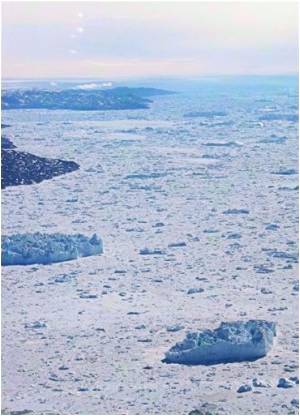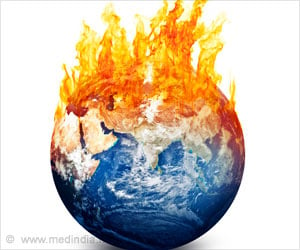
‘The annual phosphorus input for all of Greenland's outlet glaciers is at least equal to some of the world's largest rivers, such as the Mississippi in the US and the Amazon in Brazil.’
Tweet it Now
"We found greater amounts of phosphorus in the waters of the Leverett Glacier in Antarctica than had been detected at previous study sites, which have looked mostly at smaller glaciers," said Jon Hawkings of the University of Bristol. "The large Leverett Glacier, however, is more representative of the glaciers that contribute the bulk of meltwater coming from the Greenland ice sheet," he said. The researchers found that the annual phosphorus input for all of Greenland’s outlet glaciers is at least equal to some of the world’s largest rivers, such as the Mississippi in the US and the Amazon in Brazil.
Also, if most of the phosphorus found in meltwater from all of Greenland’s glaciers reaches the sea, it would be equal to about 400,000 metric tonnes per year, the study revealed. The amount could increase as the climate warms and more ice melts.
However, how much phosphorus makes it from the meltwater into the open oceans is not yet known, pointed out the researchers, adding that if a large amount of phosphorus coming off the glacier makes it to the sea, it could eventually reach the northern Pacific and Atlantic oceans, which are connected to the Arctic Ocean.
Hawkings and his collaborators spent three months in 2012 and 2013 gathering water samples and measuring the flow of water from the 600-square km (230-sq mile) Leverett Glacier, and the smaller, 36-sq km (14-sq mile) Kiattuut Sermiat Glacier in Greenland.
Advertisement
Source-IANS










